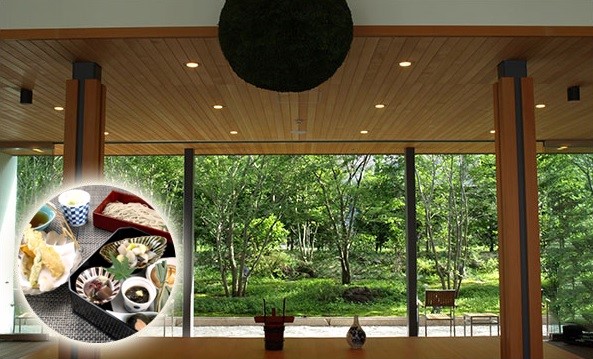Harvesting Season for Sakamai
October 01, 2019
It was so hot in Niigata this summer that a certain area in this prefecture recorded one of the highest temperatures in Japan. After such intense heat of summer, a rich harvesting season has come without notice. Echigo’s rich rice fields, having turned their color into through golden yellow, are waiting to be harvested.
Raw material rice for sake is called sakamai, different from that we eat at table. Various kinds of sakamai suitable to the local soil are cultivated in each prefecture. Here in Niigata, aside from widely cultivated “Gohyakumangoku”, newly developed sakamai “Koshitanrei” is also cultivated. In order to produce a new kind of sakamai which is more suitable for Daiginjo, Niigata prefecture developed “Koshitanrei” by crossbreeding “Gohyakumangoku” and “Yamadanishiki”. This new breed is the outcome of strong insistence of Niigata brewing industry on good sakamai and thus it is cultivated only in Niigata prefecture.
When it comes to strong insistence on high quality sakamai, you might think of a TV drama “Natsuko’s Sake” based on a manga written by Akira Oze.
Mr. Norimichi Kusumi, the 6th generation head of KUSUMI SHUZO, a model for “Natsuko’s Sake” consumed his strong passion for the revival of legendary sakamai, “Kamenoo(亀の尾)”, which had been used to produce sake until early Showa period as a top quality sakamai next to none but disappeared due to its little resistance to diseases and pests. Starting with a search for its seeds, he went through a mountain of difficulties to attain his goal. Three years after, in 1983 he finally succeeded in giving birth to his long-dreamed Junmai-Daiginjo, “Kamenoo(亀の翁)” with revived sakanmai, “Kamenoo(亀の尾)”.
This factual incident turned out to be the basis of the story of “Natsuko’s Sake”.
Sakamai harvested this autumn will be brewed to start to appear as sake generally in December. You would feel refreshed and calm if you enjoy tasting local sake watching glittering ears of rice in the autumn breeze. It should also be interesting to think over the background of the sakamai used for the sake you are tasting.
If you are interested in watching how to produce sake, please refer to ‘Kura(breweries)’ on our website.

